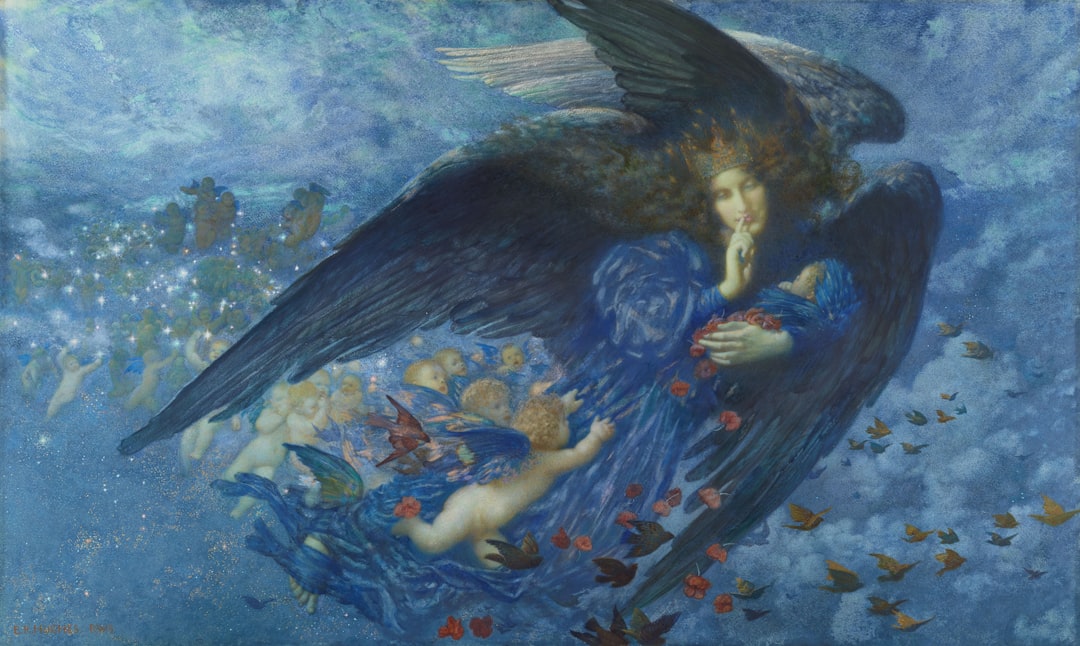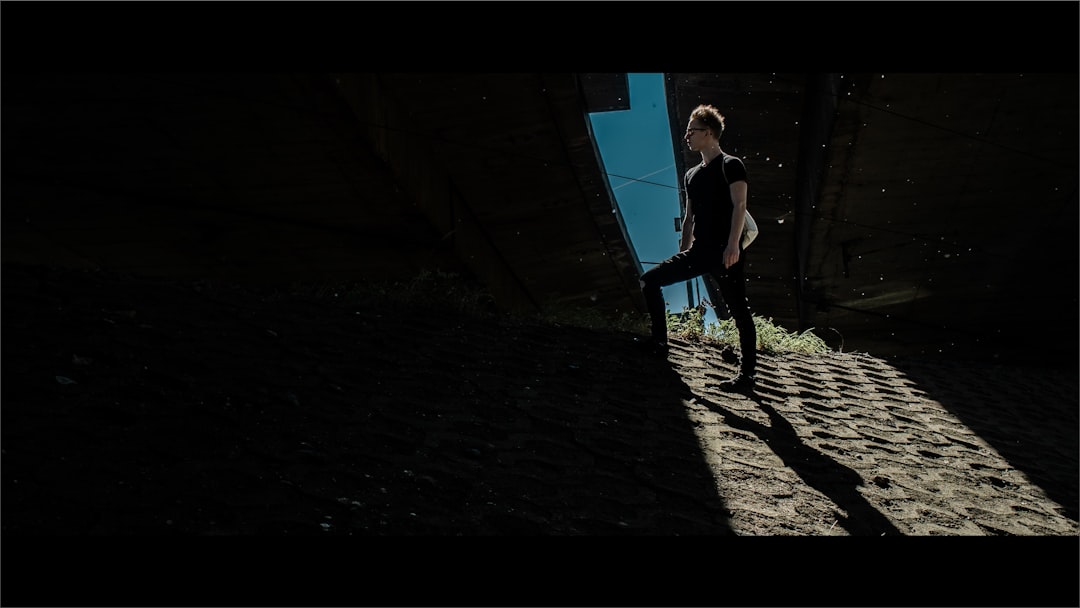In recent years, artificial intelligence has taken center stage in transforming the way animations are created. What once took months of careful handcrafting by skilled professionals is now being revolutionized by smart algorithms, neural networks, and intelligent design tools. Whether you’re a beginner trying to bring your ideas to life or a seasoned animator looking to streamline your workflow, AI has something remarkable to offer.
TL;DR
AI tools have significantly accelerated animation production by automating tedious tasks like rigging, lip-syncing, and even storyboard generation. With tools like Runway, EBSynth, and Adobe’s Sensei, even independent creators can produce professional-looking animations. By combining traditional animation principles with state-of-the-art AI tools, animators can preserve creative control while cutting down on time and costs. This article walks you through the key techniques, tools, and best practices for creating stunning animations using AI.
Why Use AI in Animation?
The animation industry has always struggled with long production times and labor-intensive processes. AI is helping tackle these problems by offering:
- Automation of repetitive tasks like inbetweening and cleanup
- Enhanced productivity with faster rendering and motion synthesis
- Creativity augmentation through AI-powered idea generation and style transfer
- Lower production costs by reducing reliance on large teams for labor-intensive work
Key AI Tools for Animation
There is a growing ecosystem of AI tools built specifically for artists and animators. Here are some of the most powerful platforms currently available:
- Runway ML: An intuitive platform offering AI-driven video editing, motion tracking, and rotoscoping functions.
- EBSynth: Allows you to paint over a single frame and applies that style across your footage, making stylized animation much faster.
- Adobe Sensei: Integrated into Adobe Creative Cloud, it supports features like subject selection, auto lip-syncing, and smart tracking.
- D-ID: Enables the creation of realistic face animations from still images, useful for dialogue and character-based storytelling.
- DeepMotion: Offers AI-based full-body motion capture from just video input—ideal for character animation without MoCap suits.
The Workflow: Creating Animation with AI
To make insanely good animations with the help of AI, it’s important to know the workflow pipeline. Here’s a high-level breakdown:
1. Ideation and Storyboarding
Every good animation starts with a story. AI tools like ChatGPT, ShortlyAI, or Notion AI can help generate script ideas, dialogue, and scene planning. Tools like Storyboard That or Boords can help automate the layout process.
Tip: Use AI-driven visual generators like MidJourney or DALL·E for conceptual art and mood boards.

2. Character and Asset Design
Designing characters and backgrounds can be time-consuming. AI-powered platforms like Artbreeder, This Person Does Not Exist, or GANPaint Studio allow creators to generate assets quickly without compromising on style.
To automate rigging, tools like Adobe Mixamo offer pre-rigged 3D models or allow you to rig your own models automatically. AI also helps create variations in facial expressions, poses, and even outfits with minimal input.
3. Animation and Motion Capture
Once your assets are ready, it’s time to bring them to life. Here’s how you can leverage AI at this stage:
- Motion Capture: Tools like DeepMotion and Plask allow you to record yourself via webcam and turn those movements into rig-friendly animations.
- Inbetweening and Tweening: AI tools can now fill in frames automatically. Google’s Deep Interpolation and open-source projects like Flipnote help speed this up considerably.
- Lip-Syncing & Voice: Programs such as Replica Studios and Descript Overdub can create lifelike narration, while Faceware and D-ID help you sync speech to character mouths.
AI saves weeks of manual labor by generating movement frames, syncing audio, and applying physics simulations smartly. When combined, these elements produce very fluid, natural animation—even on tight timelines.
4. Style Transfer and Visual Effects
If you’re aiming for a particular visual style—like van Gogh-inspired paint strokes or anime line art—you can apply style transfer using AI. Tools like EBSynth and Runway ML are especially adept at stylizing animations from a single frame.

Effect automation is another standout benefit. AI can handle rotoscoping, green screen keying, and even particle or lighting effects with impressive accuracy.
5. Editing and Post-Production
Video editing platforms with integrated AI—such as Pictory, Runway ML, and Wondershare Filmora—speed up the post-production process. Features like automatic scene detection, sound enhancements, and color grading are handled efficiently by AI.
For audio mastering, AI tools like Adobe Audition’s Auto Ducking and LANDR polish the soundscape, giving your animation a professional finish.
Benefits and Potential Pitfalls
Benefits:
- Speed: AI drastically cuts down production time.
- Savings: Smaller teams can now produce high-quality output.
- Experimentation: Try multiple styles or characters with little extra effort.
Pitfalls:
- Ethical concerns: AI-generated content may raise copyright or originality concerns.
- Quality control: Over-reliance on AI might result in generic or soulless animations without human input.
- Technical limitations: High-end results may still require manual fine-tuning.
Tips to Maximize Success with AI Animation
To create truly outstanding animation with the assistance of AI, here are a few professional best practices:
- Plan first, automate second: Don’t rely on AI to magically fix things—have a clear vision.
- Use AI as a collaborator, not a crutch: Keep human creativity at the core.
- Stay updated: AI tools evolve fast. Subscribe to newsletters or follow platforms like ProductHunt and GitHub.
- Mix tools: Use different AI platforms for different stages to get the best results.
The Future of Animation with AI
The democratization of animation through AI is not just a trend—it’s a paradigm shift. We’re moving toward a world where beautifully animated explainer videos, shorts, and even cinematic sequences can be created with little more than a laptop, a webcam, and powerful software.
As AI continues to evolve, so too will its ability to understand nuance, emotion, and artistic flair. This means AI is not replacing animators—it’s offering them superpowers to do more, faster, and often better.
Conclusion
Animation is an art, and artificial intelligence is a tool that expands the palette. By thoughtfully integrating AI into your creative process, you can unlock new levels of productivity, precision, and storytelling. The key is to strike the right balance—letting AI handle the repetitive groundwork while preserving your unique artistic signature.
Whether you’re making a 90-second web animation or a full-length feature, the future is undeniably AI-assisted. Start experimenting with the tools today, and watch your animated ideas take flight like never before.







